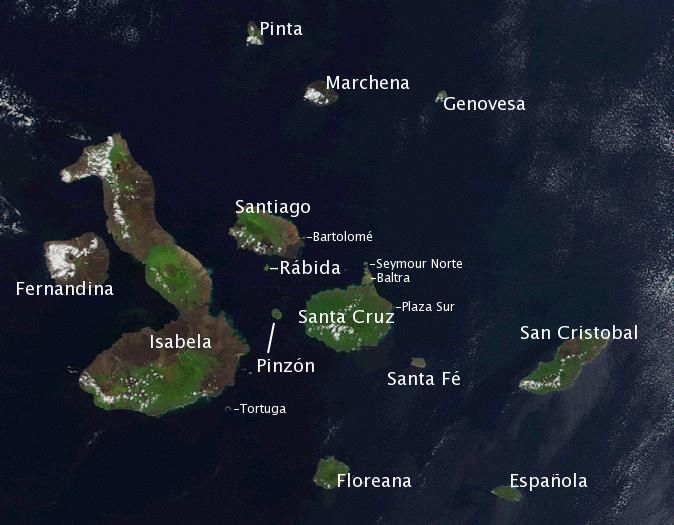Bears Ears National Monument makes for a great impact explorer destination due to its cultural history, remarkable beauty, and recent political controversy. This area was once home to the ancestral pueblo people centuries before Europeans ever came to Americas. There are literally thousands of archaeological sites throughout this vast, remote area. In 2016, Bears Ears made headlines when it was designated as a large national monument by President Barack Obama. Just one year later, Bears Ears was once again center stage when President Trump reduced its size by 85%. Immediately following the announced reduction, 5 Native American tribes, conservation groups, and even the CEO from the outdoor clothing company, Patagonia, filed lawsuits against the Trump administration. We'll see what happens with all these lawsuits, but for now let's take a look at the amazing House on Fire ruin which still lies within the national monument.
How to get there- The House of Fire ruin is somewhat easily accessible to the public, though it's easy to get lost in this remote area. From Moab, head south on Hwy 191 until you pass the small town of Blending, UT. Four miles past Blanding, head west on Hwy 95 for 19 miles until you get to a dirt road just past mile post 102. The trail begins about a quarter mile down the dirt road. Park on the roadside and hike up the shallow canyon on your left. This is the south fork of mule canyon. The House on Fire ruin is about 1 mile up the trail on your right. You can't miss it!
Why Visit?- Besides being absolutely stunning and amazing, this whole area is scarily vulnerable and needs some love and attention. The more people come to visit this area, the more the local economy can benefit from tourism and create social change. The stiffest opposition to creating the monument came from locals who view the protected status as a 'federal land grab' which reduces their access for recreational or ranching activities. If Bears Ears can resemble its tourism-destination neighbor, Moab, then locals can be more supportive of protecting these treasures. Fortunately, I've heard from locals that they have already seen a 40% increase in tourism this year, thanks to all the publicity resulting from the political controversy.
Sadly, many ruins are no longer under protection and its scary how vulnerable they are to looting and desecration. Even inside the monument, my wife and I were amazed by how you could just walk right up to the ruin and no one is there is stop you, much unlike Mesa Verde National Park where park rangers and fences help protect the ancient, fragile buildings. So of course it goes without saying that when you visit this area, don't be stupid! Take your pictures and enjoy the moment, then leave it all be.
One mile into the hike and you've made it
Just look at those flames coming off the roof!
Just 3 dwellings make up this stunning first ruin along the trail
Gorgeous petroglyphs are EVERYWHERE. Keep your eyes open for them
Aren't we a good-looking couple?
The roof is on fire!
How to get there- The House of Fire ruin is somewhat easily accessible to the public, though it's easy to get lost in this remote area. From Moab, head south on Hwy 191 until you pass the small town of Blending, UT. Four miles past Blanding, head west on Hwy 95 for 19 miles until you get to a dirt road just past mile post 102. The trail begins about a quarter mile down the dirt road. Park on the roadside and hike up the shallow canyon on your left. This is the south fork of mule canyon. The House on Fire ruin is about 1 mile up the trail on your right. You can't miss it!
Why Visit?- Besides being absolutely stunning and amazing, this whole area is scarily vulnerable and needs some love and attention. The more people come to visit this area, the more the local economy can benefit from tourism and create social change. The stiffest opposition to creating the monument came from locals who view the protected status as a 'federal land grab' which reduces their access for recreational or ranching activities. If Bears Ears can resemble its tourism-destination neighbor, Moab, then locals can be more supportive of protecting these treasures. Fortunately, I've heard from locals that they have already seen a 40% increase in tourism this year, thanks to all the publicity resulting from the political controversy.
Sadly, many ruins are no longer under protection and its scary how vulnerable they are to looting and desecration. Even inside the monument, my wife and I were amazed by how you could just walk right up to the ruin and no one is there is stop you, much unlike Mesa Verde National Park where park rangers and fences help protect the ancient, fragile buildings. So of course it goes without saying that when you visit this area, don't be stupid! Take your pictures and enjoy the moment, then leave it all be.























































